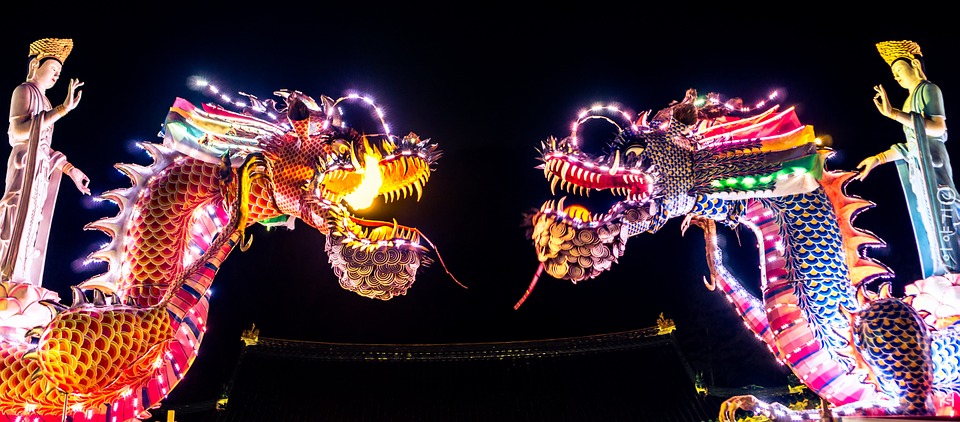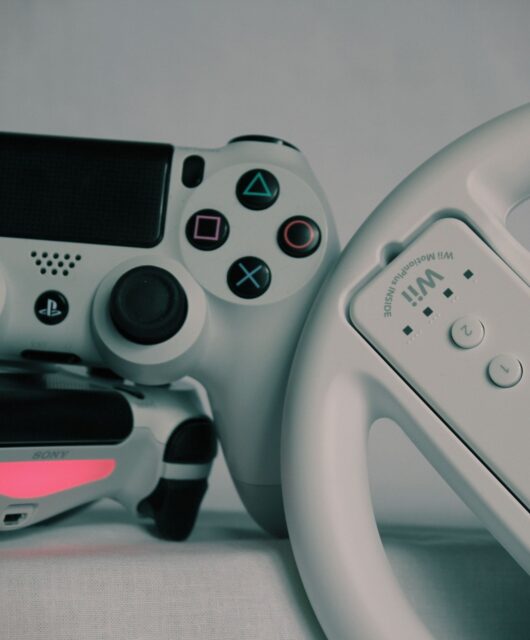Fascinating And Ancient Chinese Traditions
Throughout the years of this planet there have been some civilisations which stand out thanks to their intelligence, their way of governing and of course, the rich and diverse culture which they have created. From the top of the head you will be probably thinking of the ancient Egyptians and the rich tapestry of innovation and invention which they created, the Mayans with their abilities to predict the ever-changing face of the cosmos and of course the ancient Greeks who made huge strides in medicine, science and mathematics.
 Today however, we are going to focus on the Chinese, a civilisation which changed the world, and discover some of their traditions which are still kept alive to this day.
Today however, we are going to focus on the Chinese, a civilisation which changed the world, and discover some of their traditions which are still kept alive to this day.
Bian Lian
Bian Lian is a practice which is also known as mask swapping or face swapping. This Chinese dramatic art sees specialist performers don brightly coloured and outrageously big masks as they depict various characters from a scene, usually from the Szechuan Opera. The spectacle of these performers is that in the swipe of a fan over their face, they swap the mask over and take on the persona of someone else entirely.
Zhua Zhou
This ancient Chinese practice takes place on the first birthday of a child, a ceremony whereby the family and the children gather round to eat ramen, and then begin the process of electing a career for the young boy or girl. Following lunch, a great many objects are placed in front of the young child, each representing a different career path. Depending on which objects the young child grabs, they will then be pushed towards an education which matches the career choice of each object. Whilst not as common as it once was, this is a tradition which is still practiced to this day.
Zha Ma Jiao
As with many traditions from other cultures, there are also some more extreme traditions which are carried on by a select few men and women, one of which being Zha Ma Jiao. This ancient practice takes place in the 2 days that surround the Lantern Festival at the end of the Lunar New Year. The celebration that takes place involves large metal needles being placed through the cheeks of the revellers, before they are whipped as they remove the needle from the mouth. The idea is to be one with the body, to understand and embrace pain and use it as a celebratory offering to the Gods.
Facial Tattoos
Much like in other cultures, tattoos have long been a big part of Chinese culture, in particular face tattoos. These tattoos were first inked onto the faces of women during the Ming Dynasty, in order to protect them from rapists during this violent time. The idea was that any would-be rapist would see which tribe the woman belonged too, and think twice about committing the crime. This tradition has rolled on through the years and those with face tattoos are worthy of respect and cary great pride.









